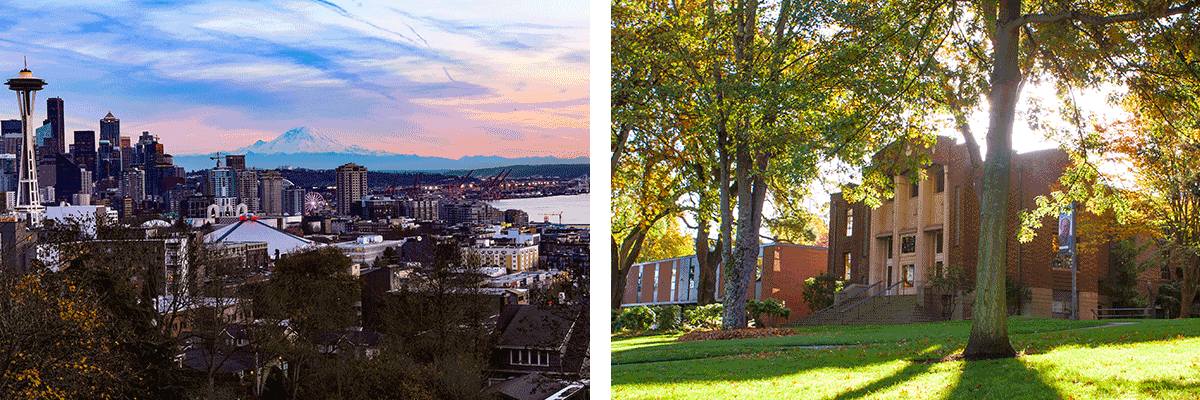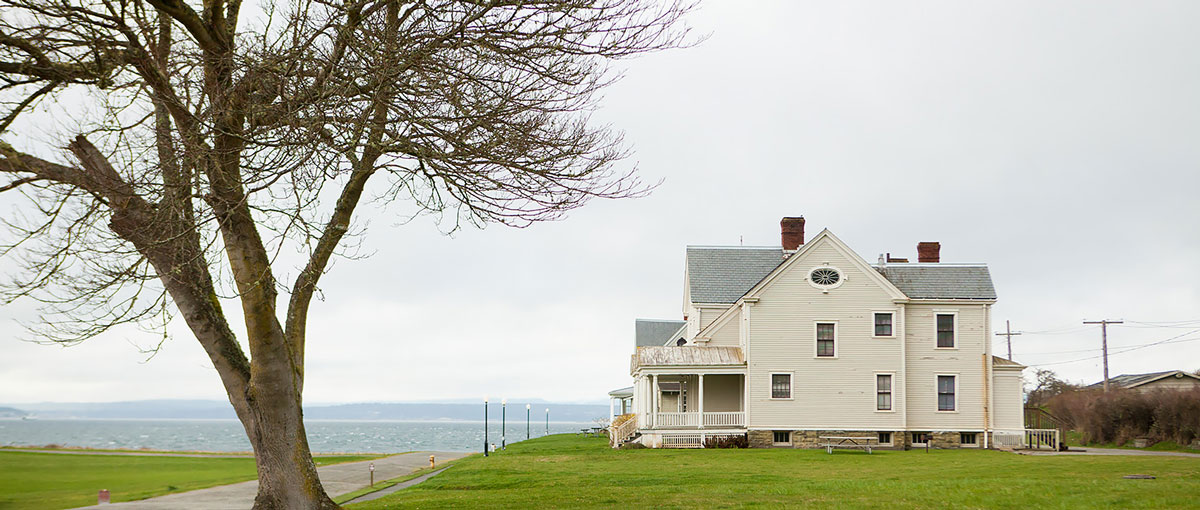University Of Washington Mfa Creative Writing
Low-Residency Model
| | |
- Overview
- Residencies
- Correspondence Quarters
Top ↑
Overview
The low-residency Master of Fine Arts in Creative Writing has become a relatively commonplace format in American higher education. The nation's first low-residency MFA program in creative writing was inaugurated at Goddard College in 1976. Since then, more than a dozen other low-residency MFA programs have been launched, some of which are now considered among the finest MFA programs in the nation. While the SPU MFA is logistically modeled upon these prior programs, our approach to content combines their studio approach with a substantive engagement with literary tradition and scholarship.
Each student will choose a specialization in one of four genres — fiction, creative nonfiction, or poetry —and complete a thesis under the direction of a faculty mentor. As of summer 2020, we are also offering a Young Adult genre.
The heart of the program involves the longstanding relationship between mentor and apprentice. Writing is ultimately a solitary experience, so the rhythm of students sending packets of completed material and receiving detailed feedback from their mentors is both appropriate and highly-effective.
Over the course of two years, students will correspond with their mentors during six academic quarter and attend five residences. The particular advantage of a low-residency program is that it allows students to maintain their current jobs and locations—and also to continue meeting their various personal obligations where they live. The particular advantage of the SPU MFA program is realized during the two, ten-day intensive residency periods, with a March residency at Camp Casey, a stunning location on Whidbey Island in the north Puget Sound of Washington State, and an August residency on the SPU campus in the lovely Queen Anne district of Seattle, adjacent to the districts of Fremont, Wallingford, and Ballard.
Residencies
The residency periods are essential to this MFA program. They provide necessary interpersonal contact, the opportunity for extended conversations with mentors and fellow students, experience of face-to-face workshops and craft classes, and an intimate setting for readings, lectures, performances, and daily worship.
Students are required to attend a total of five residencies over the course of two academic years. Each residency lasts ten days. They take place in the months of March and August, allowing for the passage of two academic quarters between residencies. A residency room and board fee covers the cost of your stay.
Residencies are intensive, packing in a great deal into just ten days. Faculty at each residency generally includes all current mentors as well as two or three invited guest speakers, including some of America's most celebrated writers. Here is a day-to-day look at our 2019 Summer Residency.
2021 Residencies:
- Thursday, March 18th – Sunday, March 28th at Camp Casey on Whidbey Island
- Thursday, August 5th – Sunday, August 15th on the SPU Campus
2022 Residencies:
- Thursday, March 17th – Sunday, March 27th
- Thursday, August 4th – Sunday, August 14th
Our March Venue: Camp Casey, Whidbey Island, Washington:
In the 1890s, the newly built Fort Casey on Whidbey Island guarded the entrance to Puget Sound. By 1908, Fort Casey was in full operation and ranked as the fourth largest military post in the state, having a staff of ten officers and 428 men. The big guns at the fort were first fired on September 11, 1901. Today, Camp Casey Conference Center, owned and operated by Seattle Pacific University, offers versatile facilities and beautiful surroundings, making it an ideal location for an intensive 10-day residency.
MFA students have the opportunity to sample the many cultural and recreational possibilities in the area, including regular visits to historic Coupeville, the second-oldest town in the entire state of Washington, with more than 100 buildings listed in the National Historic Register. Coupeville is home to friendly pubs, quaint shops, and fine restaurants. Students will also be able to take a short ferry ride to Port Townsend, a beautiful town with used bookstores, antiques shops, restaurants, and more.
Learn more about Camp Casey.
Discover more about historic Coupeville and central Whidbey Island.
OUR AUGUST VENUE: SEATTLE PACIFIC UNIVERSITY, SEATTLE, WASHINGTON:

Seattle Pacific University was founded in 1891 by Free Methodist pioneers who valued a non-sectarian approach to education that welcomed all those seeking scholarly accomplishment informed by faith.
Today, skirting the northern slope of metro Seattle's Queen Anne Hill and bordering the scenic Fremont Canal and the Burke-Gilman Trail, SPU's campus is both tranquil and energized, an ideal setting for your MFA residency experience. When you are not actively engaged in your residency sessions, you and your MFA family are free to savor the beauties of "the Emerald City." We are in walking distance of the exhilarating neighborhoods of Queen Anne, Fremont, Ballard, and Wallingford, and steps away from Seattle's exemplary transit system that will open up the rest of our city—Seattle Center, Pike Place, Capitol Hill, all their cultural riches to your exploration.
Discover Queen Anne, Fremont, Ballard, and Wallingford.
Correspondence Quarters
The heart of the low-residency MFA program is comprised of the dialogue between the student and his or her faculty mentor. Each student is expected to correspond on schedule with the mentor, submitting annotations (engaged articulations regarding the books on the student's reading list), new and revised creative work, a short, quarterly critical paper, and eventually, an expanded critical paper and a creative thesis.
After a student's first residency, they will begin exchanging packets with the following correspondence quarter.
Quarter Packet Exchange
During the academic quarter, the student will be responsible for generating three packets (at approximately three-week intervals). Each packet will consist of a cover letter, in which the student might share thoughts about the creative challenges he or she is facing, a segment of new or revised creative writing, and annotations of three or four of the books from the student's reading list. One packet each quarter will include a short critical paper. Mentors will respond with detailed critical comments on the work submitted, pointing out strengths and weaknesses, and suggesting fruitful avenues for further development. The norm for low-residency MFA courses is for students to devote 25 hours per week on their work.
Annotations Reading List & Critical Papers
In close consultation with their faculty mentors, students will formulate a course of reading. Readings will be chosen from two categories: exemplary works from literary tradition and contemporary works that may serve as models and inspiration for students' immediate creative needs and gifts. Special emphasis will be placed on gaining a deeper understanding of the classic works in the student's chosen genre. By the end of the two-year program, students will have read 60 books.
Students will write one short critical paper (approximately seven pages in length) per quarter in preparation for their final critical essay (20 pages) due with their graduating work.
The following is a far-from-exhaustive selection of classic literary works from the tradition. Every MFA student in this program will be expected to read several titles from this list:
University Of Washington Mfa Creative Writing
Source: https://spu.edu/academics/college-of-arts-sciences/mfa/prospective-students
Posted by: doanewiteld.blogspot.com


0 Response to "University Of Washington Mfa Creative Writing"
Post a Comment